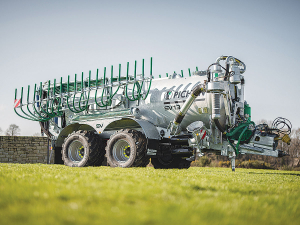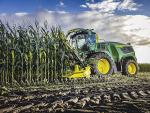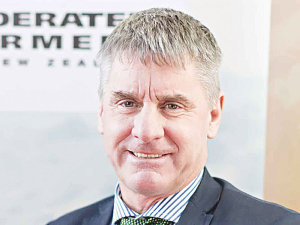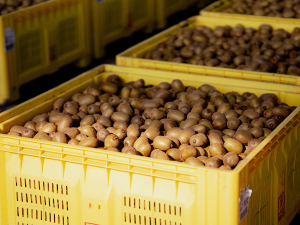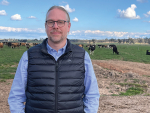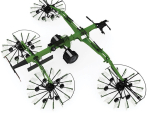French manufacturer Pichon, imported and retailed in New Zealand by Norwood, has introduced two new twin-axle ‘Slurry Vacuum’ SV slurry tankers.
The SV13 model, available with bogie or tandem axle layouts, is complemented by the recessed SV13R model, which can be fitted with wheels up to 1680mm diameter.
With contractors and farmers said to be their main focus, the SV13 duo offer versatility, meeting the needs of users with a spreading plan ranging between 1000 and 5000 cubic metres of liquid fertiliser per annum.
Suitable for tractors up to 180hp, they have a compact design and an axle centre distance of over 1.8m, making the units easy to pull and with good stability. For filling operations, the SV13 model can fit a BP2 arm or Pichon plunger arm. Additionally, the recessed R version can be equipped with a turret arm for more flexibility.
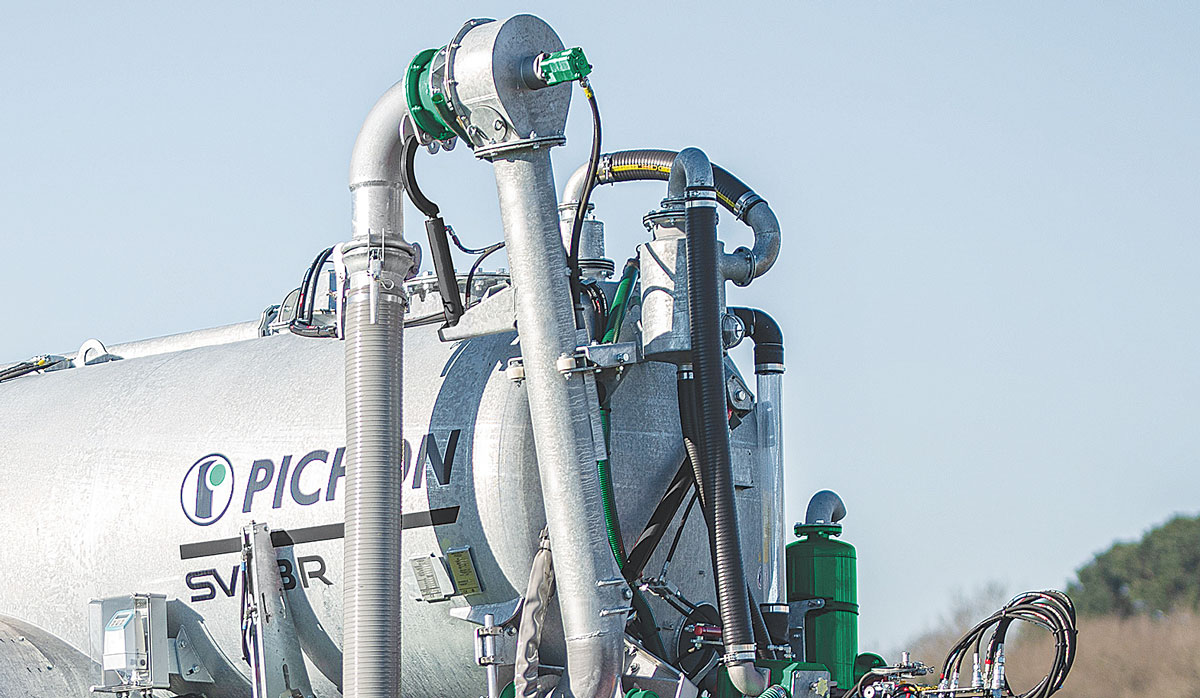 |
|---|
|
The slurry tankers have a spreading plan ranging between 1000 and 5000 cubic metres of liquid fertiliser per annum.
|
The SV13R’s integrated chassis with recessed wheels gives it a low centre of gravity, and unparalleled manoeuvrability without the need for oversized tyres. These features help reduce the overall weight, making it a good solution for spreading operations on hilly terrain.
Designed for compatibility, the SV13 models work in conjunction with all application equipment manufactured by SAMSON AGRO, including drip hose booms, injectors, and incorporators.

